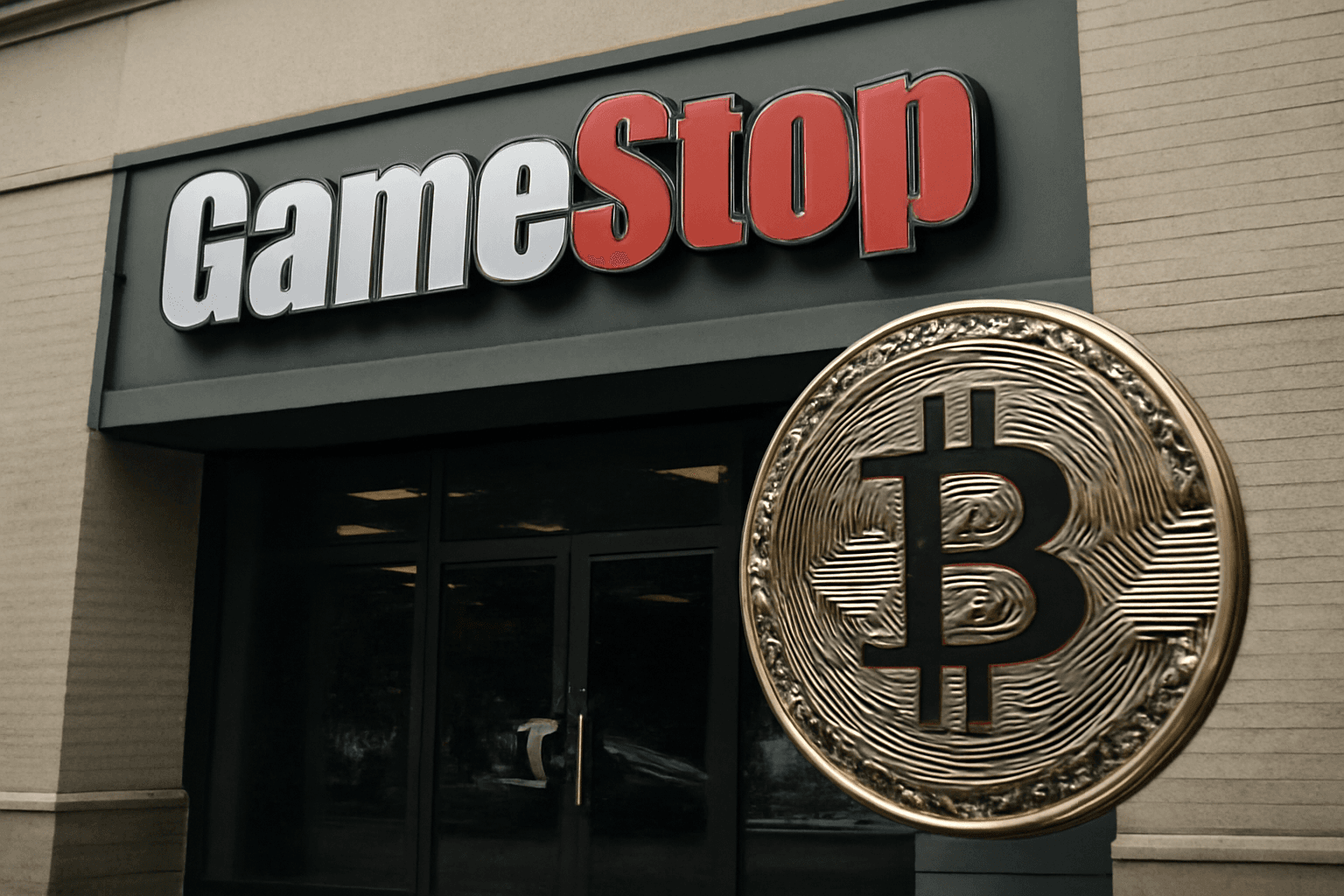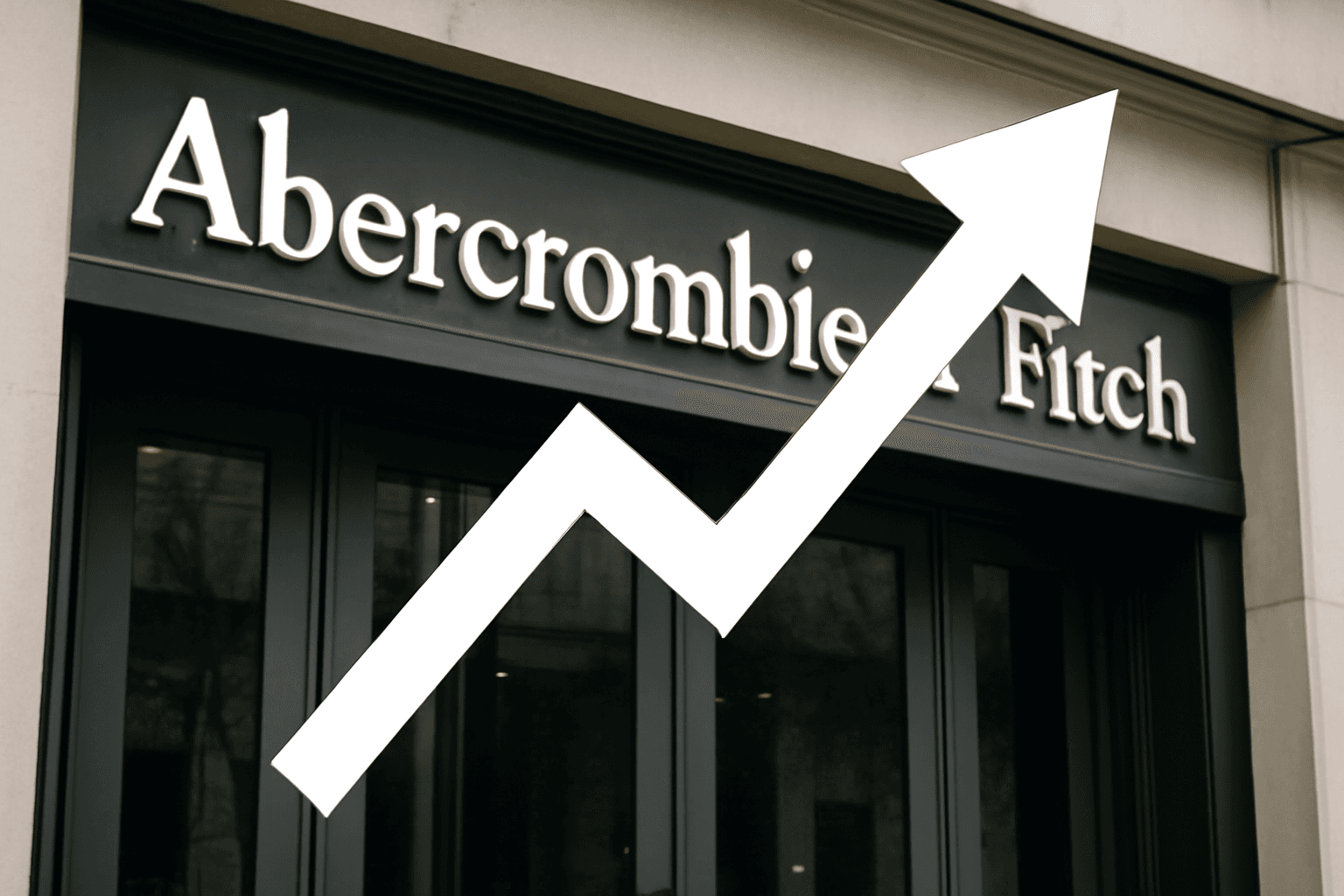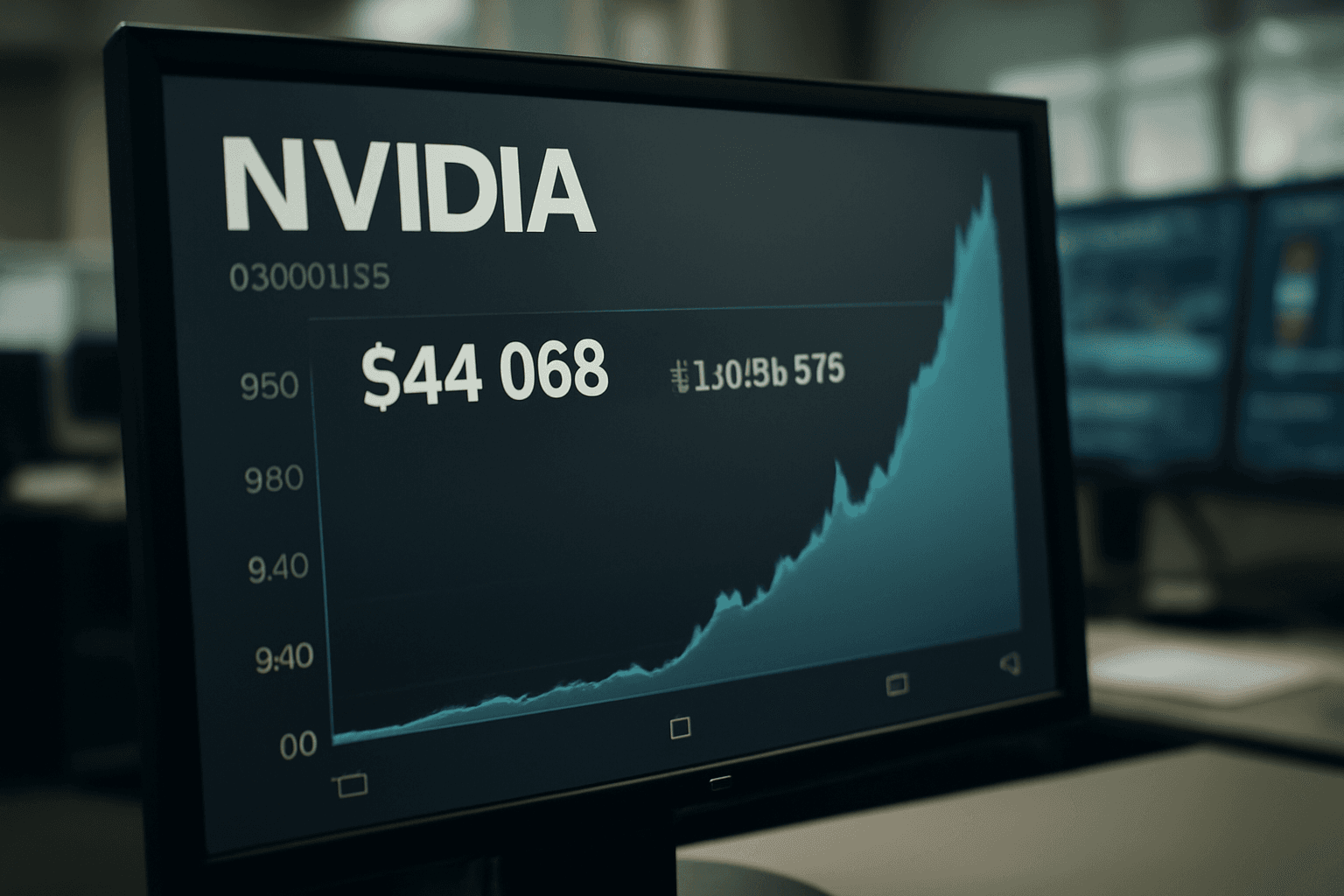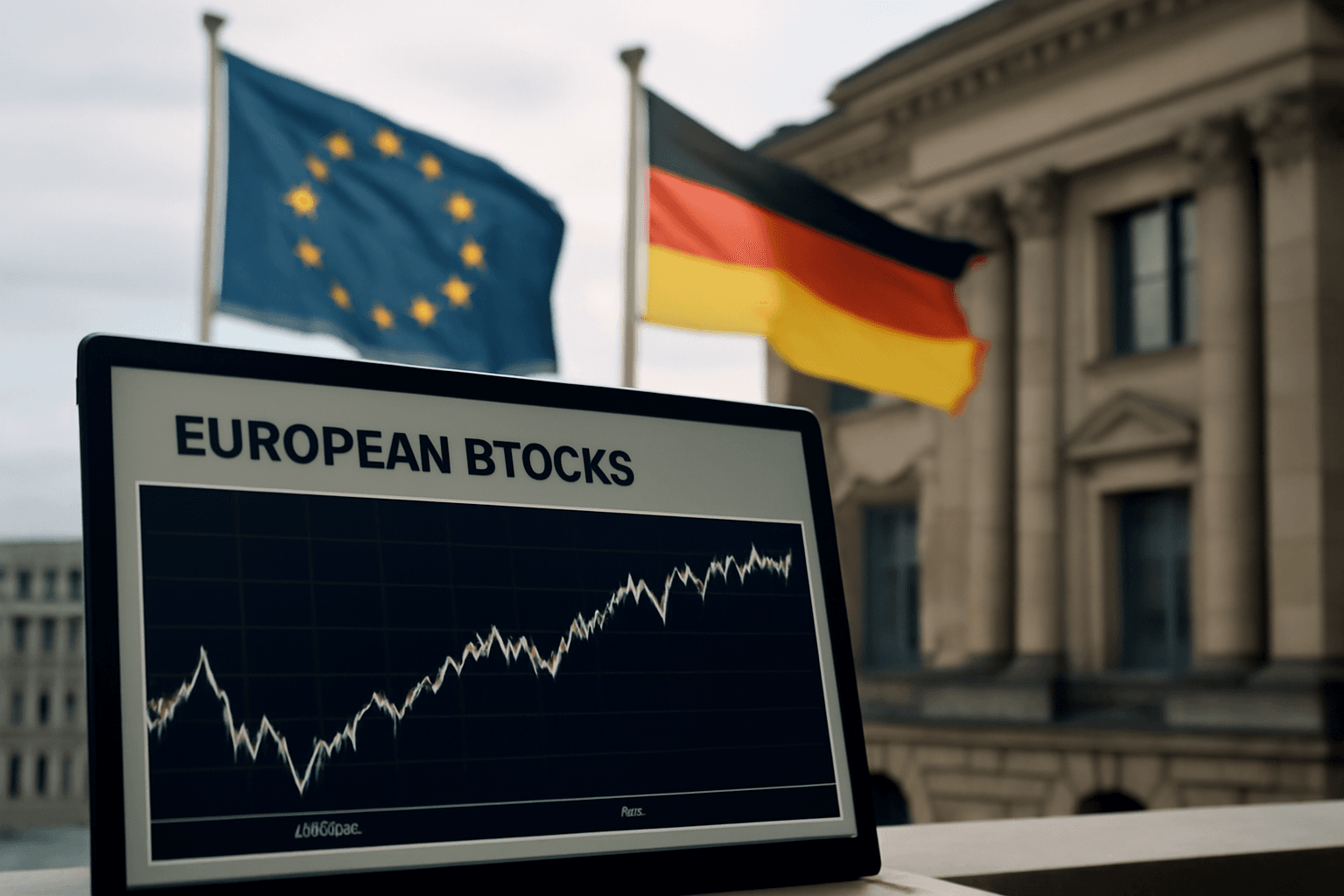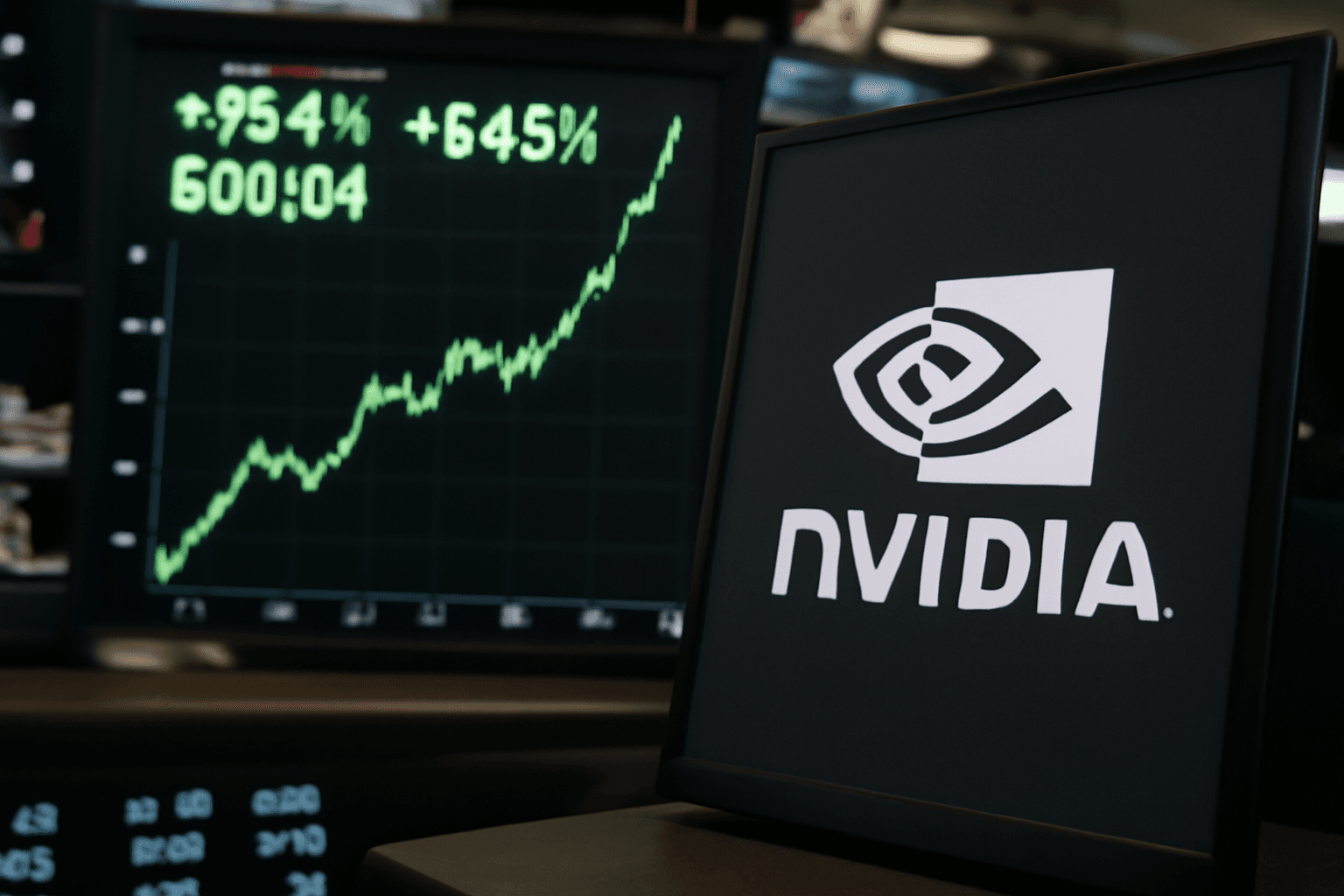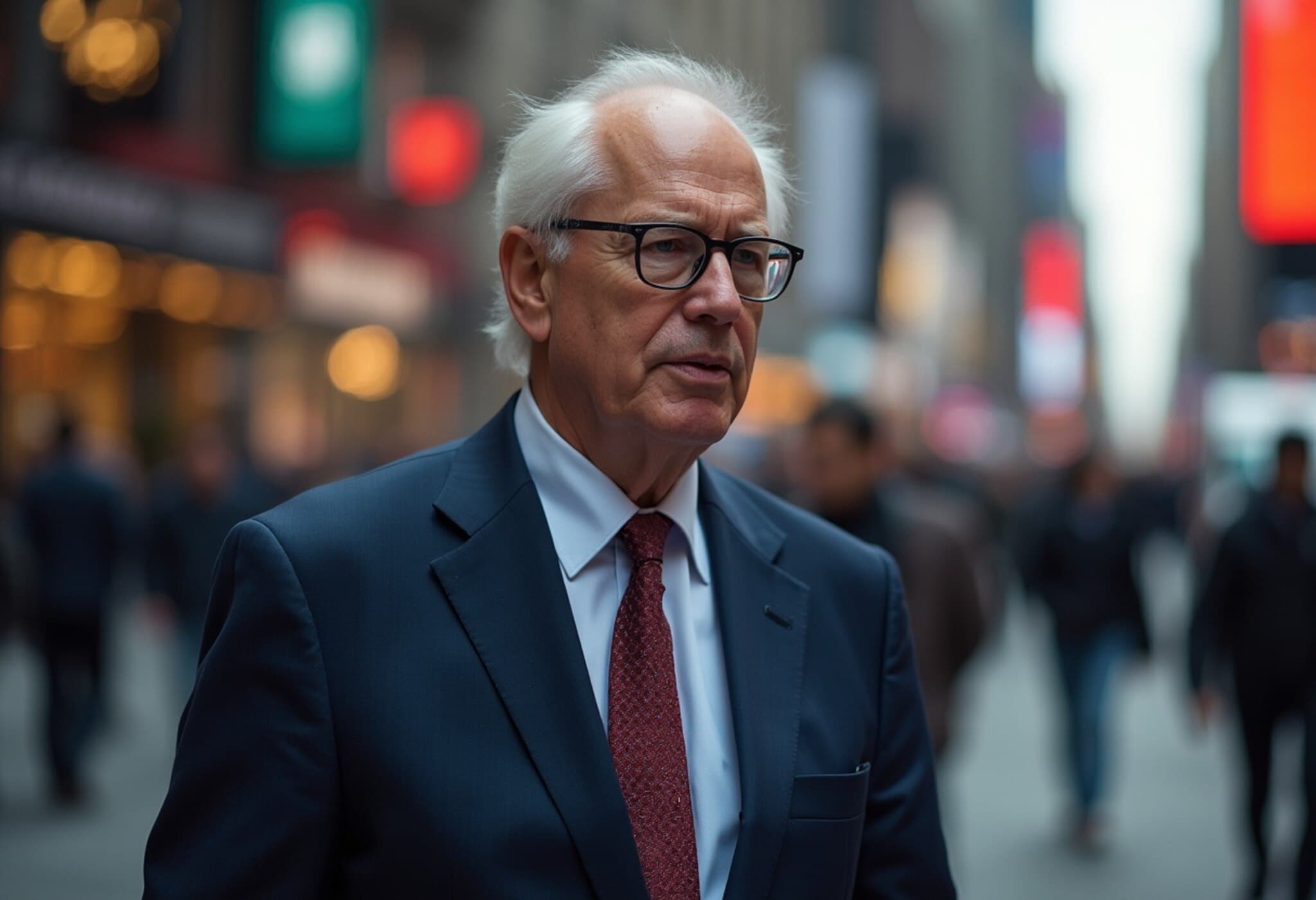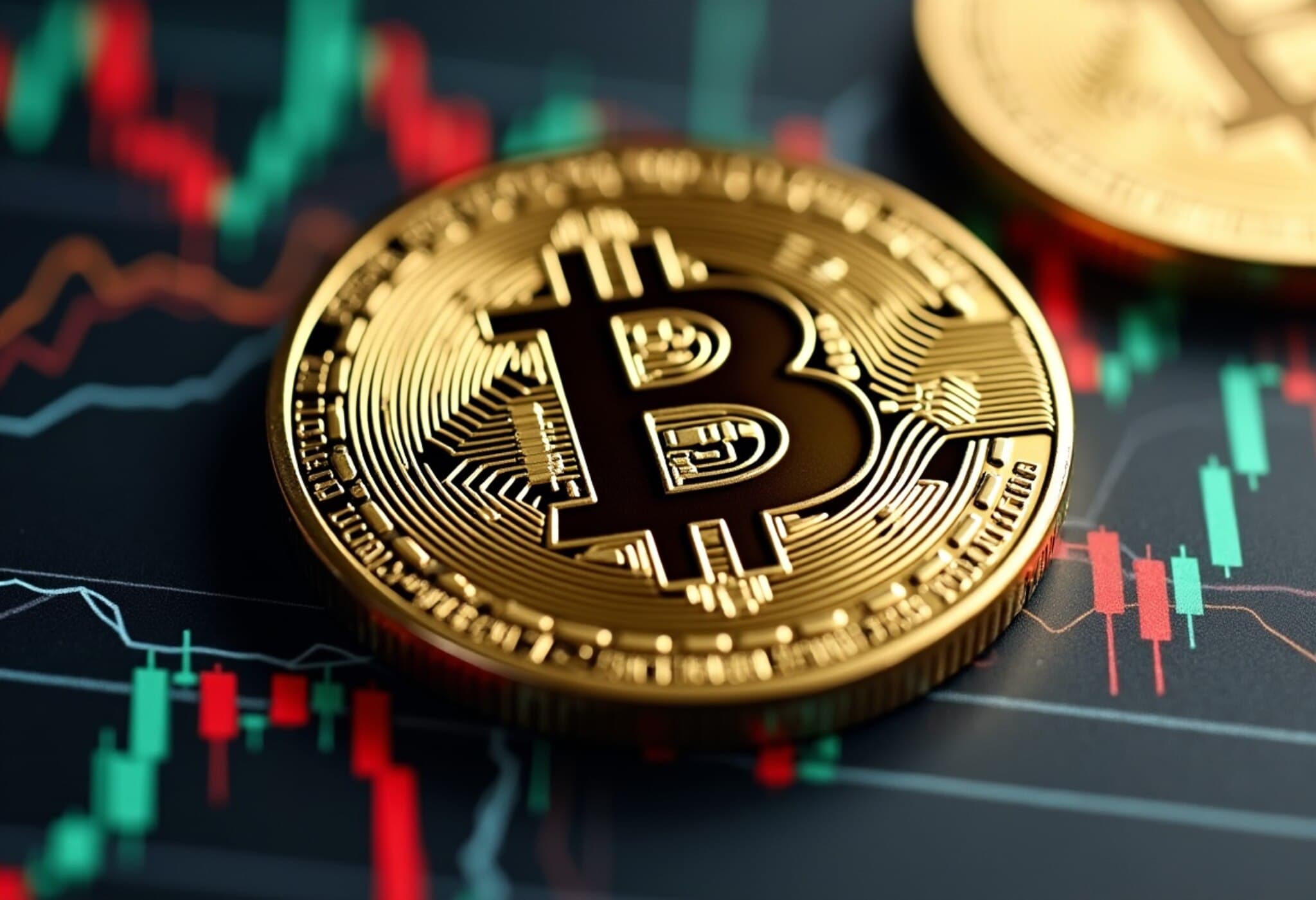The Rise of a ‘Anything Goes’ Bull Market
As the current bull market enters what many analysts are calling the ‘anything goes’ phase, investors face a landscape that blends old-school speculative fervor with today’s high-tech trading tools. This period recalls the wild days of the late 1990s tech boom, but with a 21st-century twist: meme stocks, crypto resurgences, and speculative buying in heavily shorted names dominate the headlines.
To put it simply, it’s a moment charged with a mix of irrational exuberance and cautious optimism. The market’s current energy often feels like the mantra of a 1990s lottery ad — “Hey, you never know.” This succinct phrase embodies the mindset driving many traders to gamble on longshots. While professional investors might hit right only about 55% of the time, retail traders appear ready to chase those slim odds chasing outsized payoffs.
Surge in Speculative Trading: A Double-Edged Sword
Recent market activity backs this up. From revived meme stock mania involving companies like OpenDoor and GoPro, to speculative frenzies in short-squeezed names such as Kohl’s and Krispy Kreme, the trading volumes tell an unmistakable story. According to JPMorgan, retail investor involvement in high-beta stocks is at its most extreme level in 35 years, underscoring a frenzy that has ignited half a dozen similar bouts since 2020 alone.
What’s compelling about this environment is its paradoxical nature: while it might appear reckless, this does not necessarily signal an impending market collapse. Instead, it may be fueling the bull market’s vibrancy by injecting liquidity and enthusiasm, albeit with significant risks for individual speculators.
Why Investors Embrace Risk Now
- Market Performance Lulls Caution: With the S&P 500 compounding at a staggering 115% annualized rate since April and retail-favorites jumping 50%, risk appetite has soared.
- Social Media and Accessibility: Platforms encouraging rapid trading and communal engagement foster this speculative mindset.
- Demographic Shifts: Younger investors, facing housing affordability crises and stagnant real wages, often see leveraged speculation as their path to financial mobility.
Financial experts caution some of this enthusiasm may be more “rationally reckless” than purely naive. Many traders are aware of the odds but choose to play the game nonetheless, seeking asymmetric rewards amid complacent short sellers and social media-driven momentum.
New Tools to Gauge Market Speculation
In response to these dynamics, firms like Goldman Sachs and 3Fourteen Research are developing advanced analytics to better measure and understand market speculation:
- Goldman Sachs Speculative Trading Indicator: Currently at its sharpest three-month rise ever—second only to the late 1990s and 2020-21 meme-stock/SPAC mania—tracking penny stock volume and extreme valuations.
- Daily Sentiment Composite by 3Fourteen Research: A blend of ETF flows, options activity, and fund behavior now signaling excessive optimism, usually preceding short-term volatility.
Historically, these speculative surges have coincided with strong S&P 500 performance over 3 to 12 months, only to lead to market downturns beyond that horizon. This trend suggests that while thrill-seeking can buoy prices temporarily, caution becomes prudent for investors eyeing longer timeframes.
Broader Societal Implications: Financial Nihilism or Opportunity?
Beyond the numbers, these shifts reveal profound societal undercurrents. Warren Pies, Co-founder of 3Fourteen Research, points to a pervasive ‘fear of losing ground’—especially prevalent among younger Americans grappling with financial inequality and limited upward mobility.
“In this new world, many young citizens see leveraged speculation as the only way to break out of the American caste system,” Pies observes. “Online gambling has surged, reflecting a broader embrace of financial nihilism.”
This perspective challenges traditional financial wellness advice recommending steady saving and long-term compounding. For many, especially those priced out of the housing market or holding limited wealth, high-risk investments and lottery-like aspirations become an understandable, if perilous, escape hatch.
The Removal of Financial Guardrails: A Brave New Market
The evolving financial landscape is also shaped by regulatory and technological leaps:
- Expanded Crypto Access: Congressional approvals for stablecoins and banks integrating crypto-backed loans highlight greater systemic openness.
- Democratization of Investing: Platforms like Robinhood allowing tokenized ownership of private companies lower historical entry barriers.
- Changing Broker Regulations: Expected easing of day-trading requirements may encourage more speculative trader inflows.
- AI and Leveraged Credit: Fintech giants are harnessing private credit to finance infrastructure, reflecting new risk appetites amid technological booms.
These shifts arguably increase capital market efficiency and inclusivity, yet also heighten systemic complexity and potential vulnerability to bubbles. It raises critical regulatory and policy questions about balancing innovation with investor protection.
Where Does This Leave Traditional Markets?
Interestingly, core equity markets remain steady despite the excitement. The S&P 500 has maintained a calm, almost “boring is bullish” stance, with no dramatic breakdowns over recent months. Key tech bellwethers like Microsoft trade at elevated valuations, but nowhere near historic tech bubble extremes.
Still, signs of complacency loom—tariff impacts and economic growth risks are perhaps underestimated amid a robust corporate spending cycle. Investors should weigh the bullish trend against growing technical and fundamental indicators suggesting a tactical pause may be wise.
Conclusion: Navigating the ‘Anything Goes’ Market
We are witnessing a unique chapter in market history—one where speculative impulse, technological innovation, and socio-economic shifts intersect. Whether this phase culminates in a renewed bull run or a market correction depends on factors ranging from policy decisions to investor behavior patterns that defy easy prediction.
For investors, the key is balancing the allure of high-reward speculation with disciplined risk management and long-term perspective.
Editor’s Note
This era of “anything goes” investing challenges traditional paradigms and invites deeper reflection on the evolving nature of financial markets and society. Are we witnessing a healthy democratization of opportunity or a fever dream fueled by unchecked optimism and financial desperation? As this speculative chapter unfolds, readers should consider not just the market mechanics, but who is playing the game and what it means for the broader economy and social fabric.



